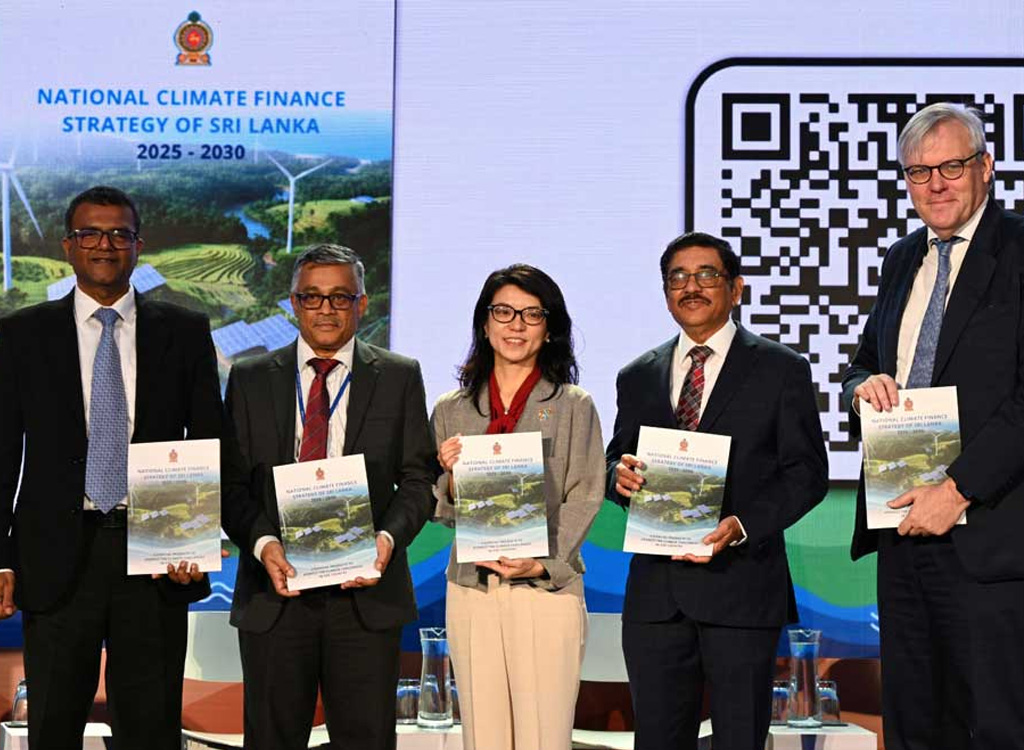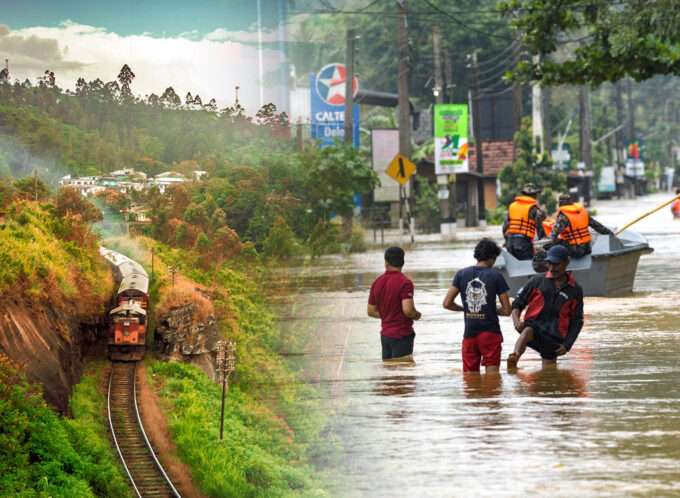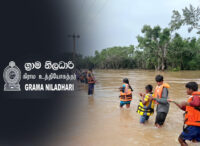Sri Lanka remains highly vulnerable to climate-induced extreme weather events, consistently ranking among the top ten countries on the Global Climate Risk Index from 2018 to 2020, the Finance Ministry said.
In its report, ‘National Climate Finance Strategy of Sri Lanka 2025-2030’, the Finance Ministry highlighted the urgent need for public-private partnerships (PPPs) as a strategy to address financial constraints while achieving national climate goals.
“With increasing demand for large-scale infrastructure in sectors such as renewable energy (RE), water management, and urban development, PPPs can mobilize private capital, technical expertise, and innovation. By involving the private sector, Sri Lanka can accelerate its transition to a low-carbon economy and strengthen resilience against climate impacts,” it said.
The Finance Ministry emphasized renewable energy as a key focus, noting the country’s abundant solar, wind, and hydropower resources.
PPPs could enable private investment in wind farms, solar projects, and battery energy storage systems, with the Government providing land and regulatory support while private partners manage construction, operation, and financing.
Over the past five years, Sri Lanka has received a total of USD 10.9 billion in official development assistance (ODA), including USD 10.7 billion in loans and USD 147.9 million in grants, supporting mega projects and soft infrastructure such as health and education.
However, the Finance Ministry noted that ODA terms are evolving alongside the country’s GDP per capita, reflected in Sri Lanka’s recent downward graduation to International Development Association (IDA) status.











Leave a comment